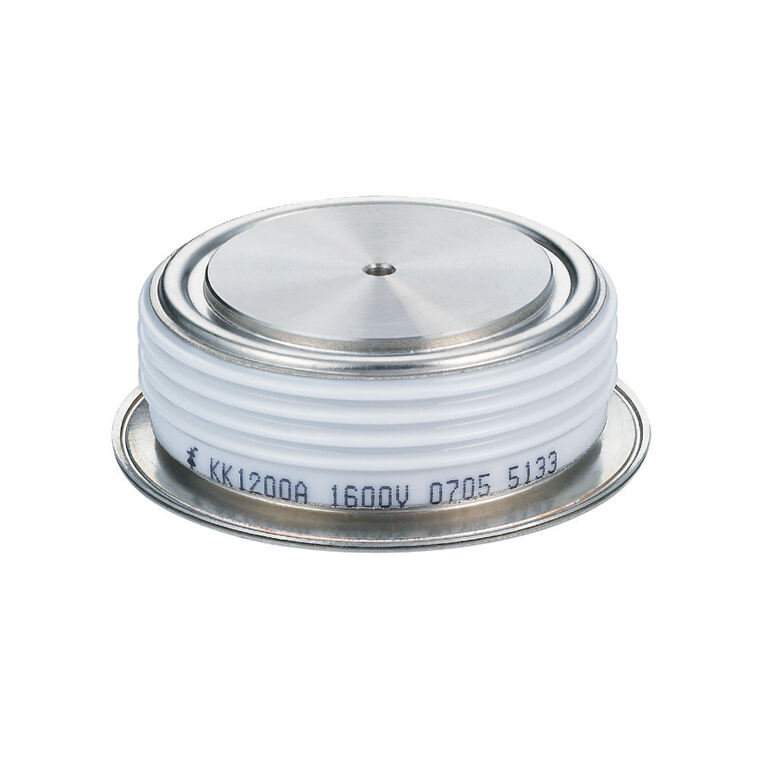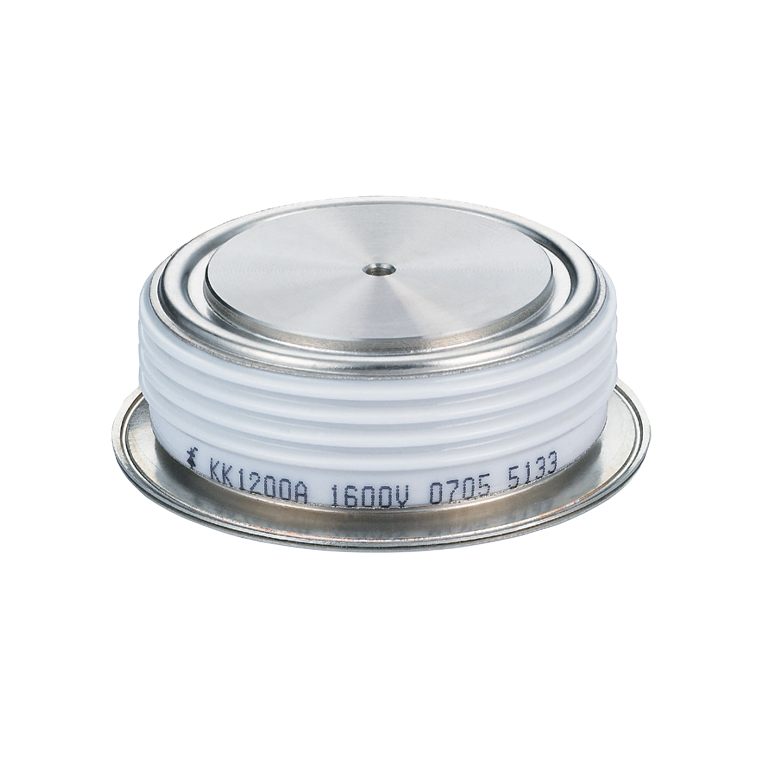resistance spot welding
Resistance spot welding is a sophisticated joining process that has revolutionized manufacturing across various industries. This efficient welding technique uses electrical resistance to generate heat and pressure to join two or more metal pieces together. The process works by passing an electric current through overlapping metal sheets, which are held together between two electrodes. The resistance to the electrical flow creates intense localized heating at the interface of the metals, causing them to melt and form a weld nugget. This precise process typically takes only a fraction of a second to complete, making it ideal for high-volume production environments. The technology employs sophisticated control systems that regulate current, pressure, and timing to ensure consistent weld quality. Modern resistance spot welding systems often incorporate advanced features such as real-time monitoring, adaptive control, and quality assurance capabilities. The process is particularly prevalent in automotive manufacturing, where thousands of spot welds are used to assemble vehicle bodies. It's also widely used in appliance manufacturing, aerospace applications, and electronics industries. The versatility of resistance spot welding allows it to join various combinations of metals, including steel, aluminum, and other conductive materials, making it an invaluable tool in modern manufacturing.


